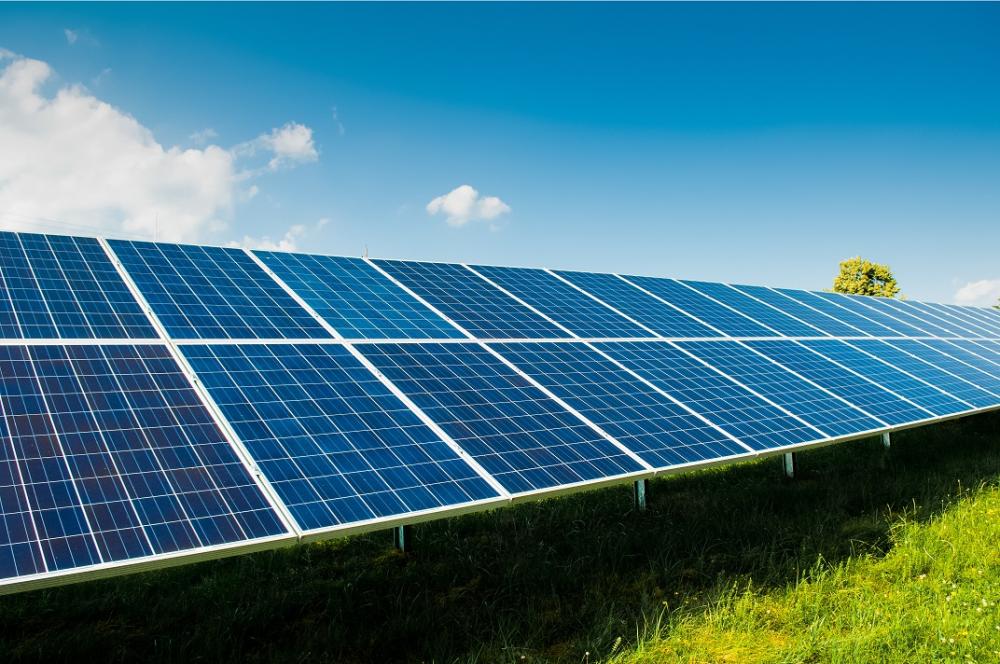An ambitious, though some would suggest an unrealistic, “green energy” agenda for Maryland has been and is a top priority of a majority of the members in the Maryland General Assembly and Governor Moore.
During the final days of the 2025 General Assembly session, that agenda was advanced when Senate Bill 931, a bill with only one Senate sponsor from Montgomery County, was approved.
Understanding the profound negative impact of this proposed new law on the Eastern Shore, every member of the General Assembly representing the Eastern Shore voted no on final passage of SB 931 in a bipartisan display of unity and solidarity.
Their efforts were thwarted by a super majority in both the Senate and House of Delegates, where, as always, a minority may have their say, but the majority will always have their way.
SB 931 was signed into law by Governor Moore in late May and takes effect on July 1, 2025.
In response to the final version of SB 931, a new advocacy group was launched.
The Farmers Alliance for Rural Maryland (F.A.R.M.) is a grassroots organization of Maryland farmers and agriculture advocates committed to protecting and preserving Maryland’s rural landscapes and way of life.
According to their website, F.A.R.M. intends to oppose eminent domain initiatives, state preemption of local zoning laws, and any proposals that threaten the future of Maryland agriculture, such as commercial solar fields, data centers, battery storage, power lines, and warehouse centers on zoned agricultural landEven before Governor Moore signed SB 931 into law, F.A.R.M. launched a petition drive using the provisions of Article XVI, Section 1 of the Maryland Constitution.
That article states: “The people reserve to themselves power known as The Referendum, by petition to have submitted to the registered voters of the State, to approve or reject at the polls, any Act, or part of any Act of the General Assembly, if approved by the Governor, or, if passed by the General Assembly over the veto of the Governor.”
The first step for SB 931 to be on a referendum on the next statewide general election ballot required F.A.R.M. to filing at least 20,053 validated petition signatures to the state board of elections by May 31, 2025
Despite best efforts by F.A.R.M. leaders and volunteers, F.A.R.M. narrowly missed meeting the required number by that deadline.
This matter is far from over.
Following the failed petition drive, the leaders of F.A.R.M. said they are not giving up the fight.
Some will say any future F.A.R.M. efforts on this matter, especially in the legislature, to repeal all or parts on this new law will be an exercise in futility.
I strongly disagree.
It will not be easy. It can be done.
A grassroots advocacy initiative, focused on the General Assembly and Governor Moore to adjust the new law, could succeed, especially when F.A.R.M. already has a key grassroots resource in place.
That resource is the sizable number of voters who signed F.A.R.M.’s petition on SB 931.
These voters have already demonstrated support for and a commitment to F.A.R.M.’s views
They can be mobilized in a grassroots campaign to deliver F.A.R.M.’s messages to legislators and the Governor before and during the 2026 General Assembly session that is only seven months from now.
There are key positive messages F.A.R.M. grassroots advocates can deliver early and often.
- F.A.R.M. supports the concept of solar energy panels to generate electricity.
- F.A.R.M. supports placing solar energy panels on sites other than agricultural land, e.g., brownfields, parking lots, rooftops, industrial sites, airport fields, and median strips.
- F.A.R.M. supports returning all land use planning decisions, including approvals of solar power infrastructure sitting back to their historic and proper place with local governments.
- A 2016 decision by Chesapeake College to install solar panels over a parking lot on their campus in Wye Mills provides a case study on an “everyone wins” outcome.The installation of the solar panels was reported to have produced enough power in one year to offset approximately 45 percent of the college’s energy demand.
Chesapeake College’s Interim president at that time said, “Solar energy has propelled our renewable energy production. In the first year, the array produced 2.25 million kilowatts of electricity at a cost of $106,000. This represents a savings of $85,000 off of grid prices. We anticipate similar savings on utility bills over the next 19 years, which doesn’t include any additional solar installations constructed.”
Last but not least, the Baltimore-based Abell Foundation offers the following thought in their report Getting Solar Siting Right — “Maryland has a once-in-a-generation opportunity to increase its renewable energy capacity and protect vital agricultural land.”
Next year, with “out of the box” thinking, the General Assembly and the Governor can do both.
David Reel is a public affairs and public relations consultant who lives in Easton.



Write a Letter to the Editor on this Article
We encourage readers to offer their point of view on this article by submitting the following form. Editing is sometimes necessary and is done at the discretion of the editorial staff.